Home>Articles>How Can You Tell If An Extension Cord Is For Outdoor Use
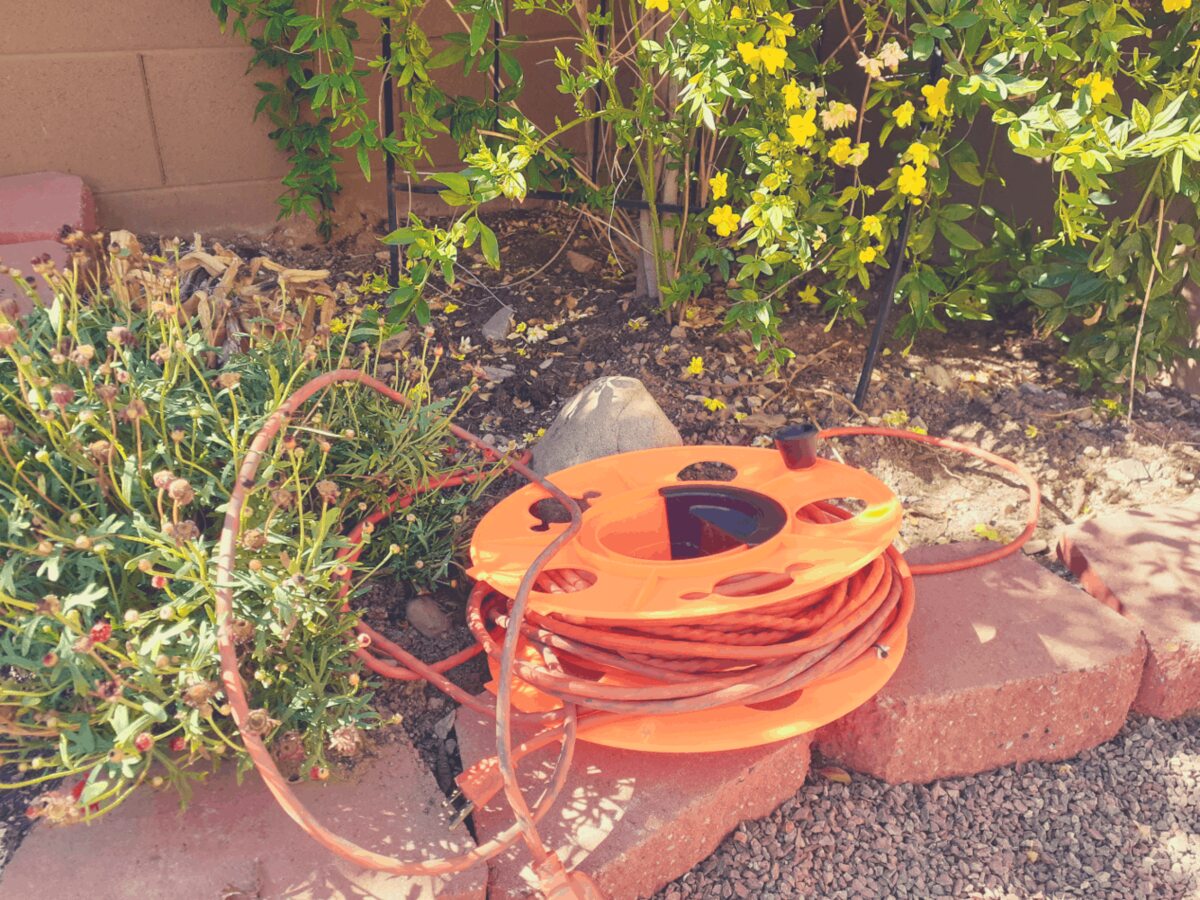

Articles
How Can You Tell If An Extension Cord Is For Outdoor Use
Modified: August 17, 2024
Learn how to determine if an extension cord is suitable for outdoor use. Read our informative articles on extension cords for helpful tips and advice.
(Many of the links in this article redirect to a specific reviewed product. Your purchase of these products through affiliate links helps to generate commission for Storables.com, at no extra cost. Learn more)
Introduction
Extension cords are a convenient and versatile tool that allows us to easily access electrical power in various locations. Whether it’s for powering outdoor tools, setting up holiday decorations, or running appliances in the backyard, extension cords play a crucial role in extending the reach of our electrical devices.
However, it’s important to note that not all extension cords are suitable for outdoor use. Outdoor use extension cords are specifically designed to withstand the elements and provide a safe and reliable power connection in outdoor environments. Using the wrong extension cord for outdoor purposes can be dangerous and increase the risk of electrical shock, fire, or damage to your devices.
In this article, we will explore the factors to consider when purchasing an extension cord for outdoor use and how to identify cords that are suitable for outdoor environments. Additionally, we’ll discuss important safety measures to follow when using outdoor extension cords to ensure both your safety and the longevity of your electrical devices.
By the end of this article, you will have a clear understanding of how to determine if an extension cord is designed for outdoor use and the steps to take to ensure safe and effective use.
Key Takeaways:
- Choose outdoor extension cords with thicker insulation, higher amperage capacity, and weather-resistant connectors to ensure safety and reliability in outdoor environments.
- Prioritize safety by inspecting, properly connecting, and storing outdoor extension cords, and following safety measures to prevent electrical accidents and damage to devices.
Understanding Outdoor Use Extension Cords
Outdoor use extension cords are specifically designed to withstand the harsh conditions of outdoor environments. Unlike standard indoor extension cords, outdoor-rated cords are constructed with materials and features that provide added protection against moisture, temperature fluctuations, and physical damage.
One of the key differences between indoor and outdoor extension cords is the insulation. Outdoor cords are typically insulated with a thicker, more durable material that can withstand exposure to the elements, such as rain, snow, and heat. This insulation helps to prevent moisture from penetrating the cord and causing electrical hazards or short circuits.
Another important consideration is the cord’s electrical rating. Outdoor use extension cords are typically designed to handle higher amperage loads to power outdoor equipment and appliances. These cords are commonly available in different gauges, with lower gauge numbers indicating a higher capacity to carry heavy loads. Be sure to check the amperage requirements of your devices and choose an extension cord that can safely handle the power demands.
Additionally, outdoor extension cords often feature weather-resistant connectors that provide a tight and secure connection. These connectors are designed to prevent water from entering the electrical contacts, reducing the risk of electrical shock or damage to devices. Look for cords with a “water-resistant” or “all-weather” label to ensure they meet the necessary safety standards.
It’s important to note that not all outdoor use extension cords are created equal. Different cords may have varying degrees of weather resistance and durability. When selecting an outdoor use extension cord, consider the specific needs and requirements of your intended use. For example, if you live in an area with heavy rain or snowfall, it’s advisable to choose a cord with a higher level of water resistance.
By understanding the construction and features of outdoor use extension cords, you can make an informed decision when purchasing a cord that will withstand the demands of your outdoor electrical needs and provide a safe and reliable power connection.
Factors to Consider Before Purchasing an Extension Cord
Before purchasing an extension cord for outdoor use, there are several important factors to consider. Taking these factors into account will ensure that you choose the right cord for your specific needs and help maintain a safe and efficient power connection.
1. Length: Determine the length of the extension cord you need based on the distance between your power source and the location where you require electricity. It’s essential to choose a cord that is long enough to reach your desired outdoor area without excessive stretching or compromising safety.
2. Gauge/Amperage: Consider the power requirements of the devices you plan to connect to the extension cord. Different devices draw different amounts of power, so it’s crucial to select a cord with the appropriate gauge and amperage capacity. Remember that thicker cords (lower gauge numbers) can handle heavier loads, while thinner cords are suitable for lighter applications.
3. Weather Resistance: Check for the cord’s weather resistance rating to ensure it can withstand exposure to outdoor elements. Look for cords that are labeled as “water-resistant,” “weatherproof,” or “all-weather” to ensure they are designed to handle moisture and temperature fluctuations.
4. Cord Type: Decide on the type of cord that best suits your needs. Some common types include grounded cords (3-prong plugs), non-grounded cords (2-prong plugs), flat cords (ideal for hiding under rugs or carpets), and heavy-duty cords (suitable for powering high-wattage devices).
5. Durability: Consider the overall durability and quality of the cord. Look for extension cords made from durable materials, such as high-quality PVC or rubber, to ensure they can withstand rough handling and resist damage from impact or abrasion.
6. Safety Features: Ensure that the extension cord has safety features such as a built-in circuit breaker or power indicator light. These features can help protect against overloading and provide a visual indication of power flow.
7. Certification: Check if the extension cord meets the necessary safety standards and certifications, such as UL (Underwriters Laboratories) or ETL (Intertek). These certifications ensure that the cord has undergone rigorous testing and adheres to industry safety standards.
By considering these factors before purchasing an extension cord, you can select a cord that not only meets your power requirements but also provides a safe and reliable outdoor power connection.
Look for the “W” letter on the cord’s label, which indicates it is suitable for outdoor use. Additionally, outdoor extension cords are typically more durable and have a thicker insulation to protect against moisture and weather conditions.
Identifying Outdoor Use Extension Cords
Identifying outdoor use extension cords is crucial to ensure the safety and effectiveness of your outdoor electrical connections. Here are some key characteristics to look for when determining if an extension cord is suitable for outdoor use:
1. Labeling: Check the packaging or labeling of the extension cord. Manufacturers often clearly indicate whether the cord is designed for outdoor use. Look for terms like “outdoor use,” “all-weather,” or “suitable for outdoor applications.”
2. UL or ETL Certification: Look for extension cords that bear the UL (Underwriters Laboratories) or ETL (Intertek) mark. These certifications indicate that the cord has undergone rigorous testing and meets the necessary safety standards for outdoor use.
3. Length and Gauge: Outdoor use extension cords are typically available in longer lengths to accommodate outdoor spaces. Additionally, they often have a larger gauge (lower gauge number) to handle heavier loads. Keep an eye out for cords that are longer in length (such as 25 feet or more) and have a lower gauge (such as 12 or 10 gauge).
4. Heavy-Duty Construction: Outdoor cords are built to withstand the rigors of outdoor environments. Look for cords with a durable and rugged construction, such as those made from heavy-duty PVC or rubber. These materials provide added protection against moisture, temperature changes, and physical damage.
5. Water Resistance: Outdoor use extension cords should have enhanced water resistance to protect against moisture and prevent electrical hazards. Look for cords with a “water-resistant” or “waterproof” rating. These cords often have features like enclosed connectors or sealed end caps to keep water out.
6. UV Resistance: Extended exposure to sunlight can deteriorate the insulation and sheathing of an extension cord. Outdoor use cords are typically UV resistant, meaning they are designed to withstand the damaging effects of the sun’s rays. Look for cords labeled as “UV resistant” or “sunlight resistant” to ensure longevity.
7. Reinforced Connectors: Outdoor extension cords often have connectors that are reinforced to withstand outdoor conditions. These connectors are designed to be durable and protect against water ingress. Look for cords with connectors that have rubber or plastic covers, ensuring a secure and watertight connection.
Remember, it’s essential to carefully inspect the cord for any signs of damage, such as frayed wires or cracked insulation. Damaged cords should never be used and should be replaced immediately to avoid electrical hazards.
By identifying these key characteristics, you can confidently select an extension cord that is specifically designed for outdoor use, ensuring a safe and reliable power connection for your outdoor applications.
Safety Measures for Using Outdoor Use Extension Cords
Using outdoor use extension cords safely is of utmost importance to prevent electrical accidents, fires, or damage to devices. Follow these safety measures to ensure the optimal and secure use of your outdoor extension cords:
1. Inspect the Cord: Before each use, inspect the extension cord for any signs of damage, such as frayed wires, cracks, or exposed conductors. Do not use a damaged cord, as it can pose a significant safety risk. If you notice any issues, replace the cord immediately.
2. Suitable Load: Ensure that the total power demand of the devices connected to the extension cord does not exceed its ampacity. Overloading the cord can lead to overheating, fire hazards, or damage to the devices. Refer to the manufacturer’s guidelines for power requirements of your devices.
3. Proper Connection: When connecting the extension cord to a power source, make sure the plug fits securely into the outlet. The prongs should be fully inserted, and the connection should be tight to prevent accidental disconnection or arcing.
4. Avoid Pinching: Do not run the extension cord through doors, windows, or under heavy furniture, as this can cause the cord to become pinched or damaged. Pinching can create a short circuit or loosen the connection, leading to electrical hazards or equipment failure.
5. Keep Away from Water: Outdoor use extension cords are designed to be water-resistant, but they are not waterproof. Keep the cord away from pools, puddles, sprinklers, or any other sources of water. If the cord becomes wet during use, turn off the power source and dry the cord thoroughly before continuing to use it.
6. Avoid Overheating: Do not cover the extension cord with rugs, furniture, or any objects that can trap heat. Overheating can damage the cord and increase the risk of fire. Also, ensure that the cord is not placed near flammable materials.
7. Proper Storage: When not in use, store the extension cord indoors in a dry and cool place. Coil the cord loosely to prevent kinks and tangles. Avoid wrapping the cord tightly around objects, as this can damage the insulation and weaken the conductors.
8. Unplug Safely: Before unplugging the extension cord, turn off the power source or unplug the devices connected to it. Pull the plug directly from the outlet, not by yanking the cord, to avoid strain on the cord and potential damage to the plug or outlet.
9. Extension Cord Length: Do not connect multiple extension cords to reach a long distance. Using excessively long cords can lead to voltage drop, increased resistance, and potential overheating. Instead, use a single cord that is appropriate for the required length.
10. Keep Children and Pets Safe: Keep the extension cord and any connected devices out of reach of children and pets. Children and animals may inadvertently pull or chew on the cords, leading to electrical shocks or injuries.
By following these safety measures, you can reduce the risk of electrical accidents and ensure the safe and effective use of outdoor use extension cords. Prioritize safety to protect yourself, others, and your electrical devices.
Read more: How To Tell What Gauge An Extension Cord Is
Conclusion
In conclusion, using the right extension cord for outdoor purposes is essential for maintaining a safe and reliable power connection. Outdoor use extension cords are specifically designed to withstand the elements and provide protection against moisture, temperature fluctuations, and physical damage. By considering factors such as length, gauge, weather resistance, durability, and safety features, you can select an extension cord that suits your specific needs.
When identifying outdoor use extension cords, look for labels indicating suitability for outdoor applications, certifications like UL or ETL, thicker gauge for heavier loads, and features like water resistance and UV resistance. Taking the time to inspect the cord for any damage and properly connecting and storing it will further ensure its safe and effective use.
It is crucial to understand and follow safety measures when using outdoor use extension cords. Regularly inspect the cord for damage, avoid overloading the cord, ensure proper connection and storage, keep the cord away from water, and follow safe unplugging practices. By adhering to these safety measures, you can prevent potential electrical accidents, fires, or damage to devices.
Remember, the key to choosing and using outdoor use extension cords lies in prioritizing safety and following the manufacturer’s instructions. A reliable and properly used extension cord will provide years of efficient and secure power connections for your outdoor devices and appliances.
So, whether you’re setting up your outdoor lighting, powering your tools, or running equipment in the backyard, make sure to invest in the right outdoor use extension cord and use it safely. By doing so, you can enjoy the convenience and flexibility of outdoor power while minimizing the risks associated with improper usage.
Frequently Asked Questions about How Can You Tell If An Extension Cord Is For Outdoor Use
Was this page helpful?
At Storables.com, we guarantee accurate and reliable information. Our content, validated by Expert Board Contributors, is crafted following stringent Editorial Policies. We're committed to providing you with well-researched, expert-backed insights for all your informational needs.
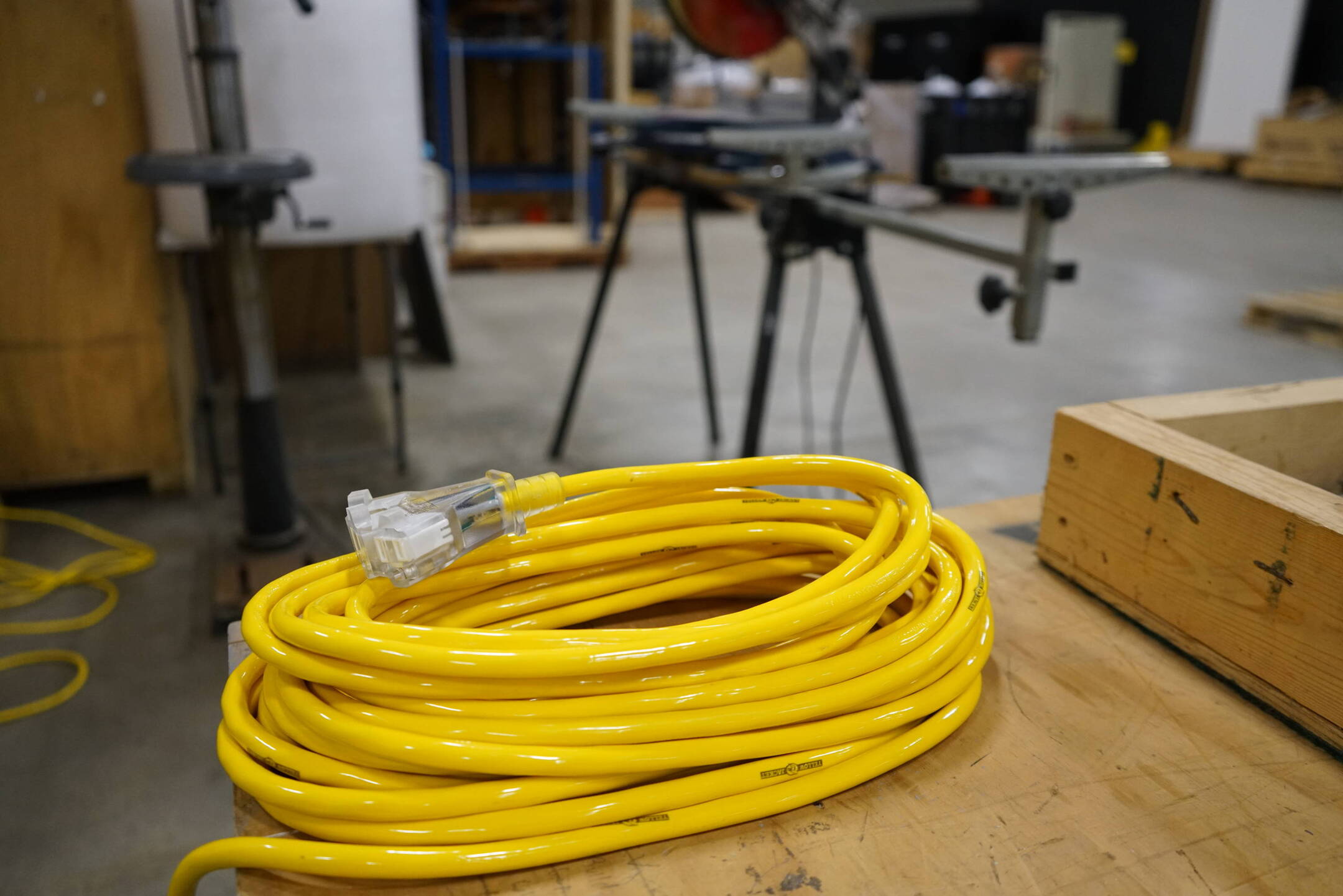
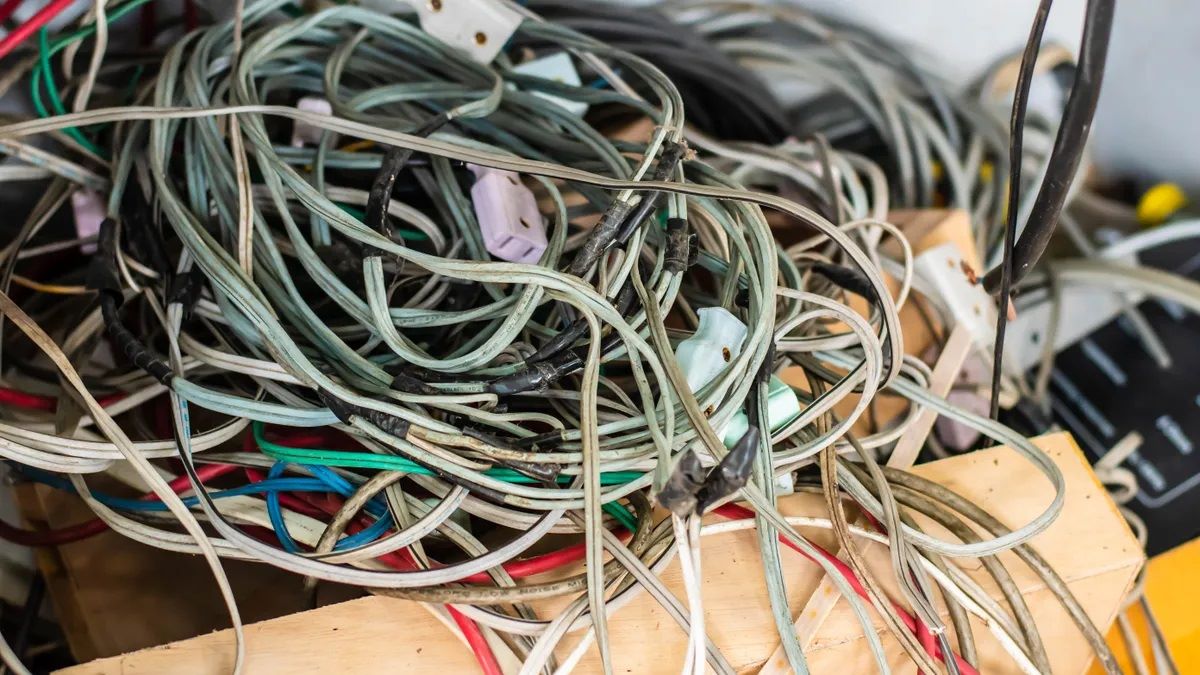
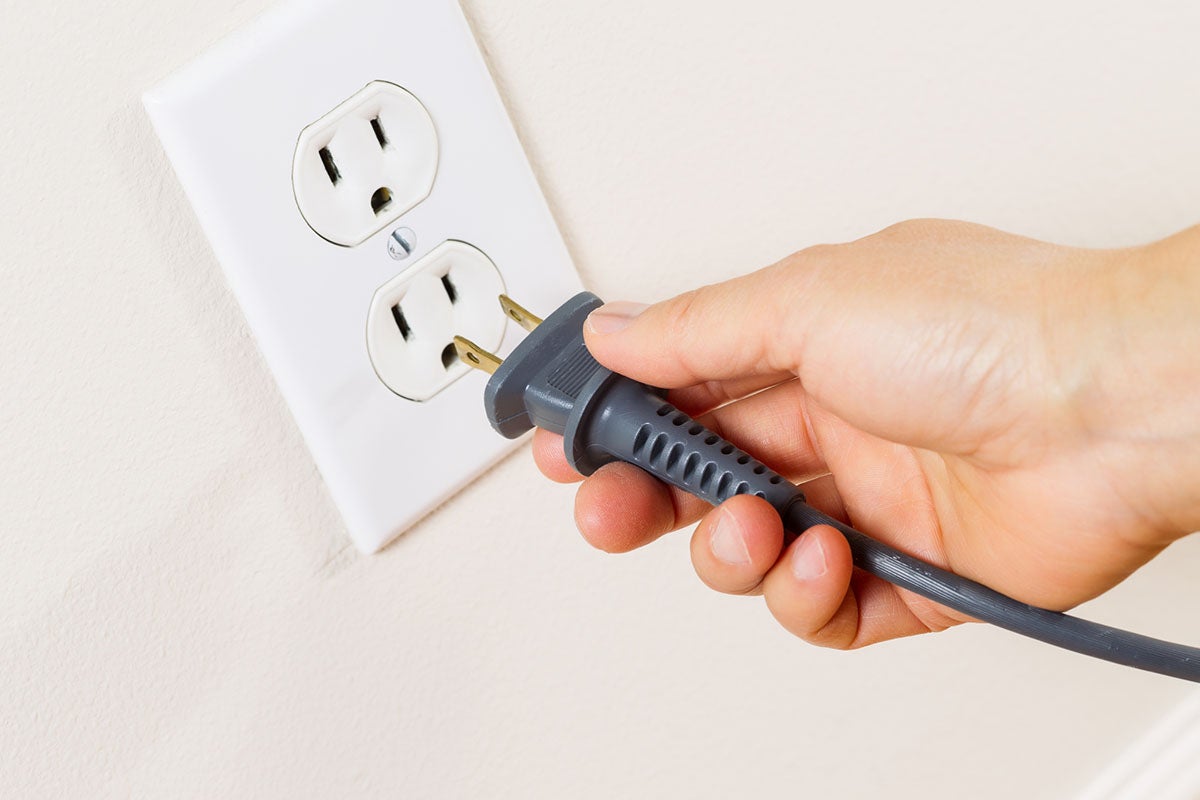
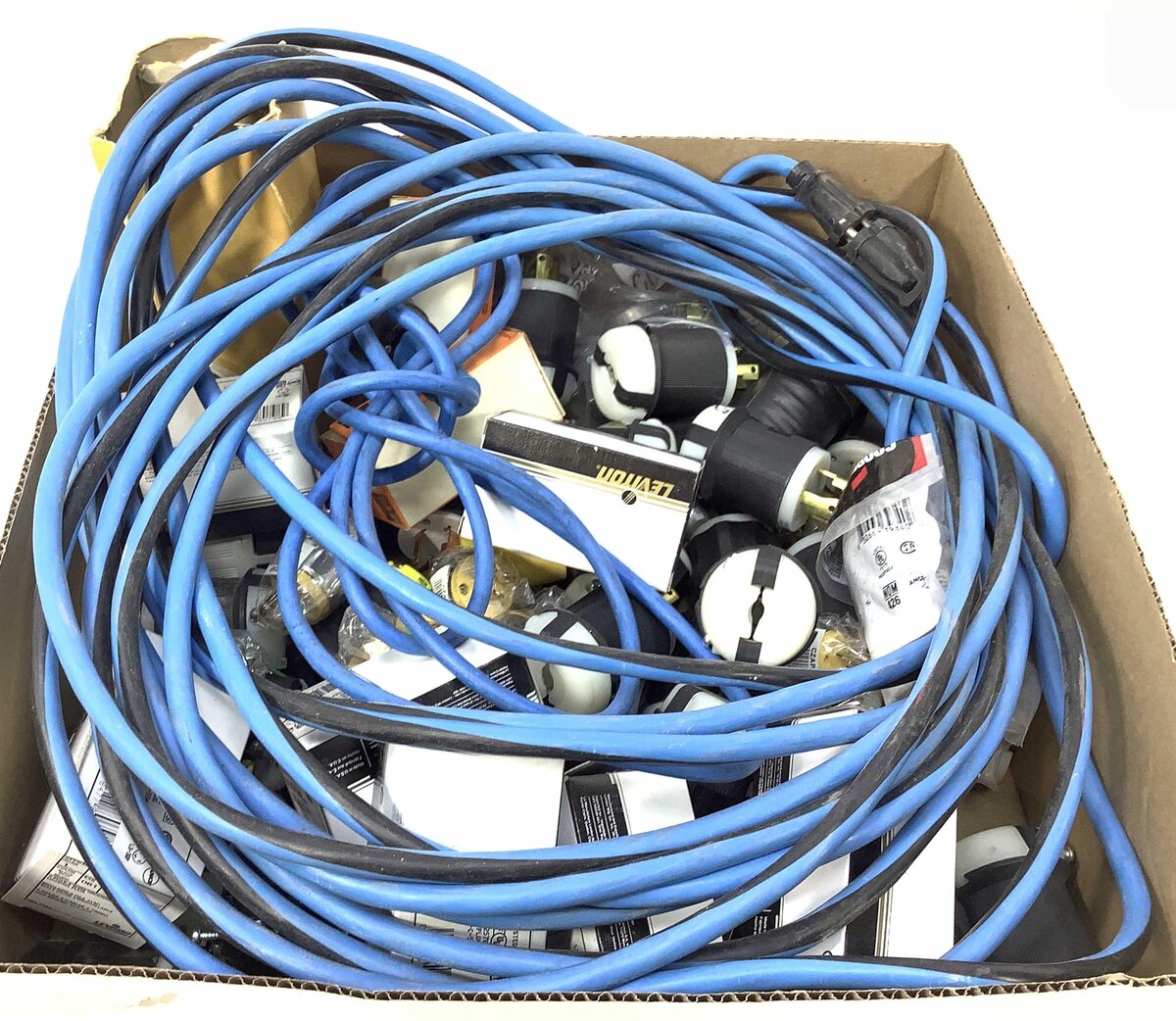
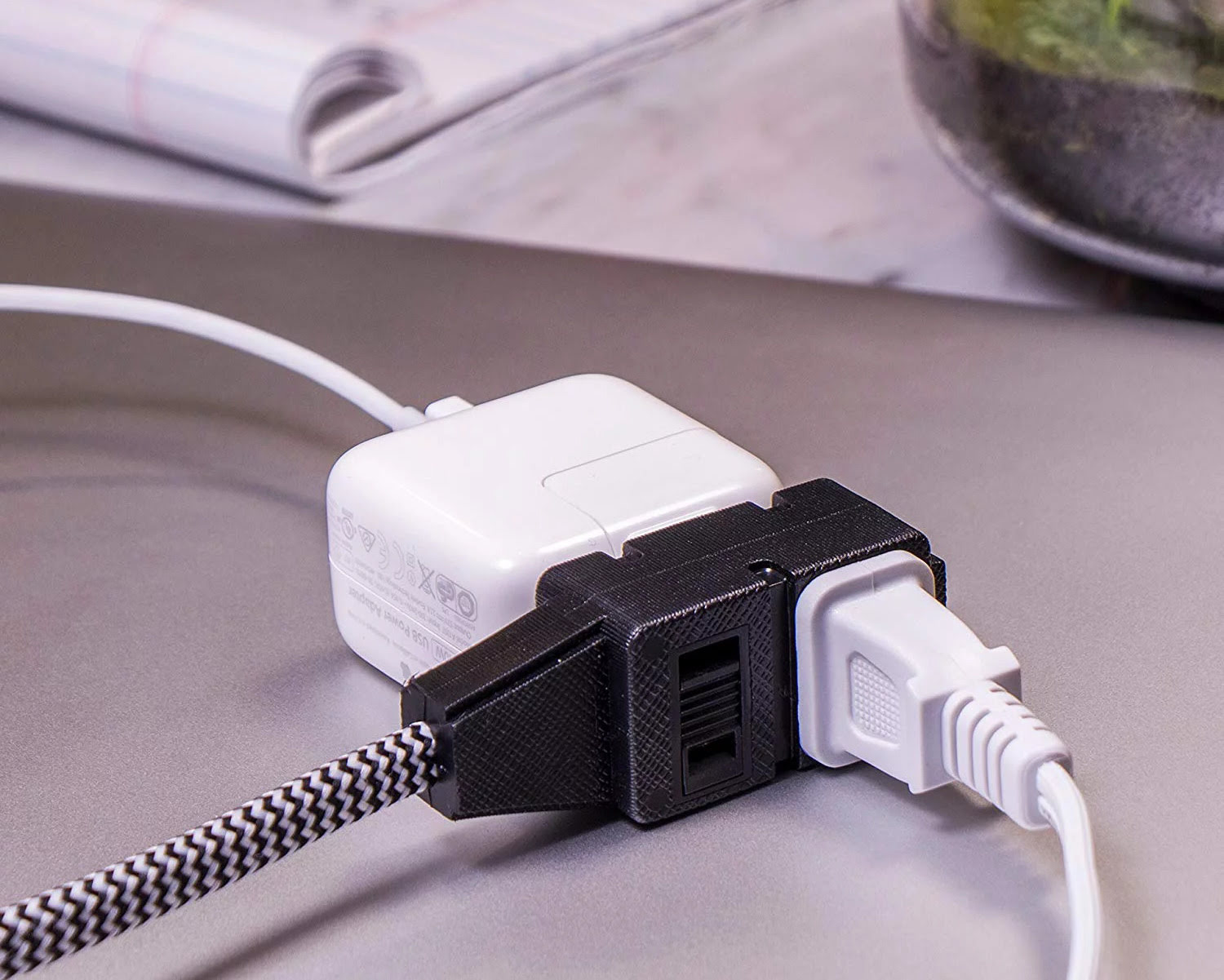
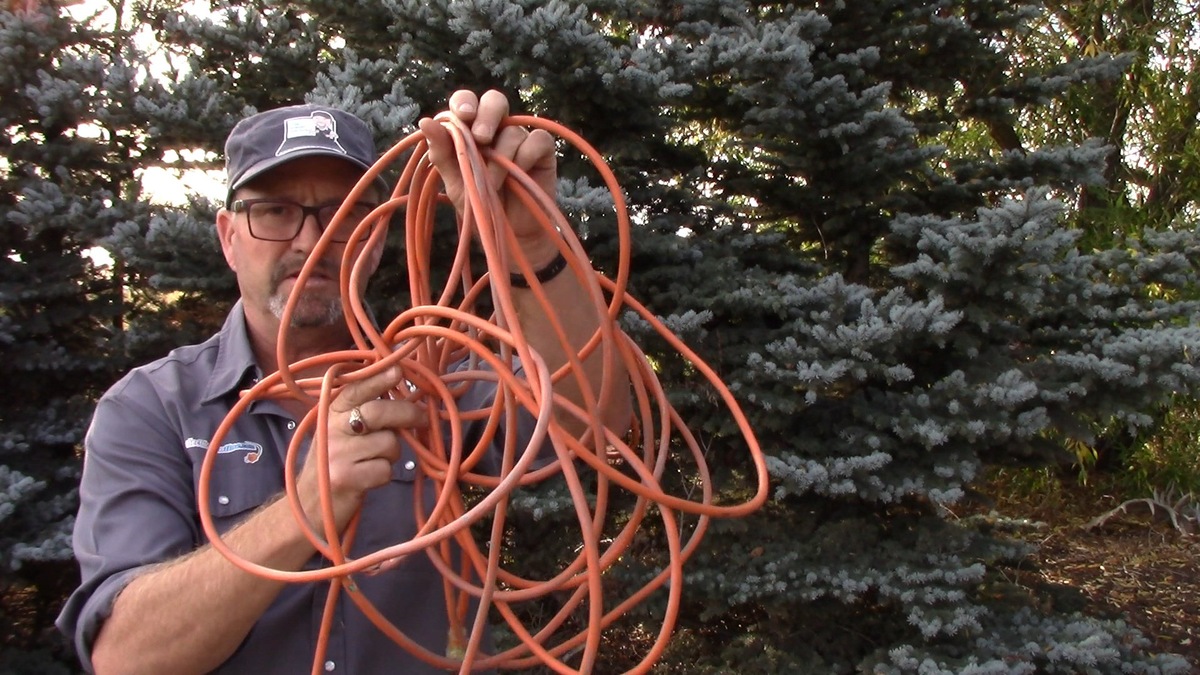
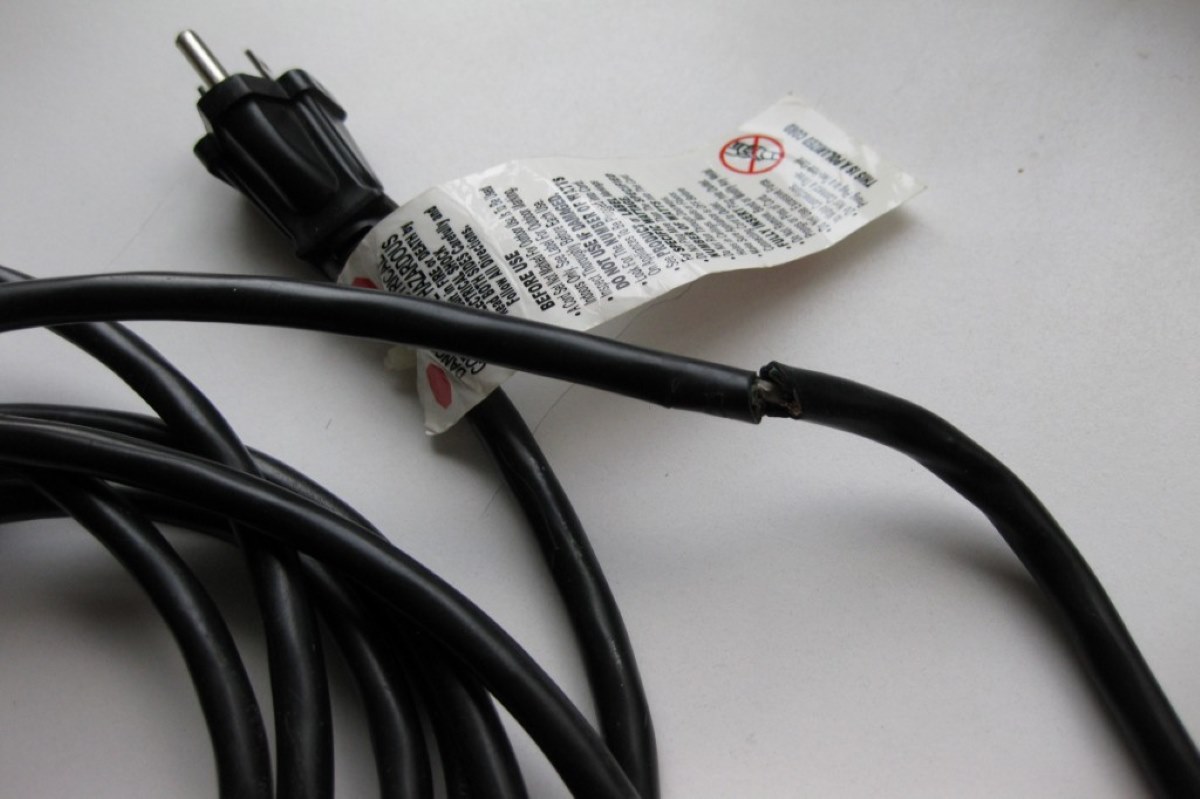
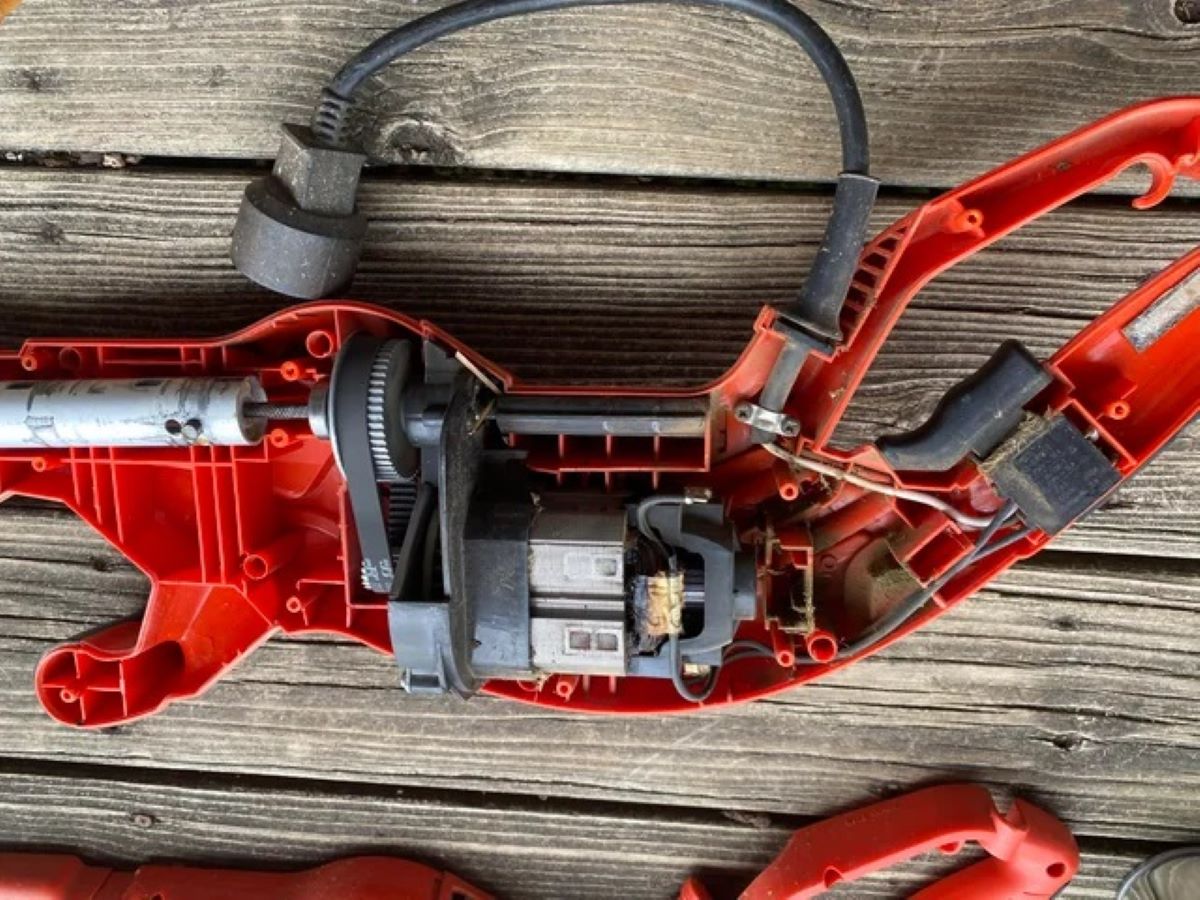
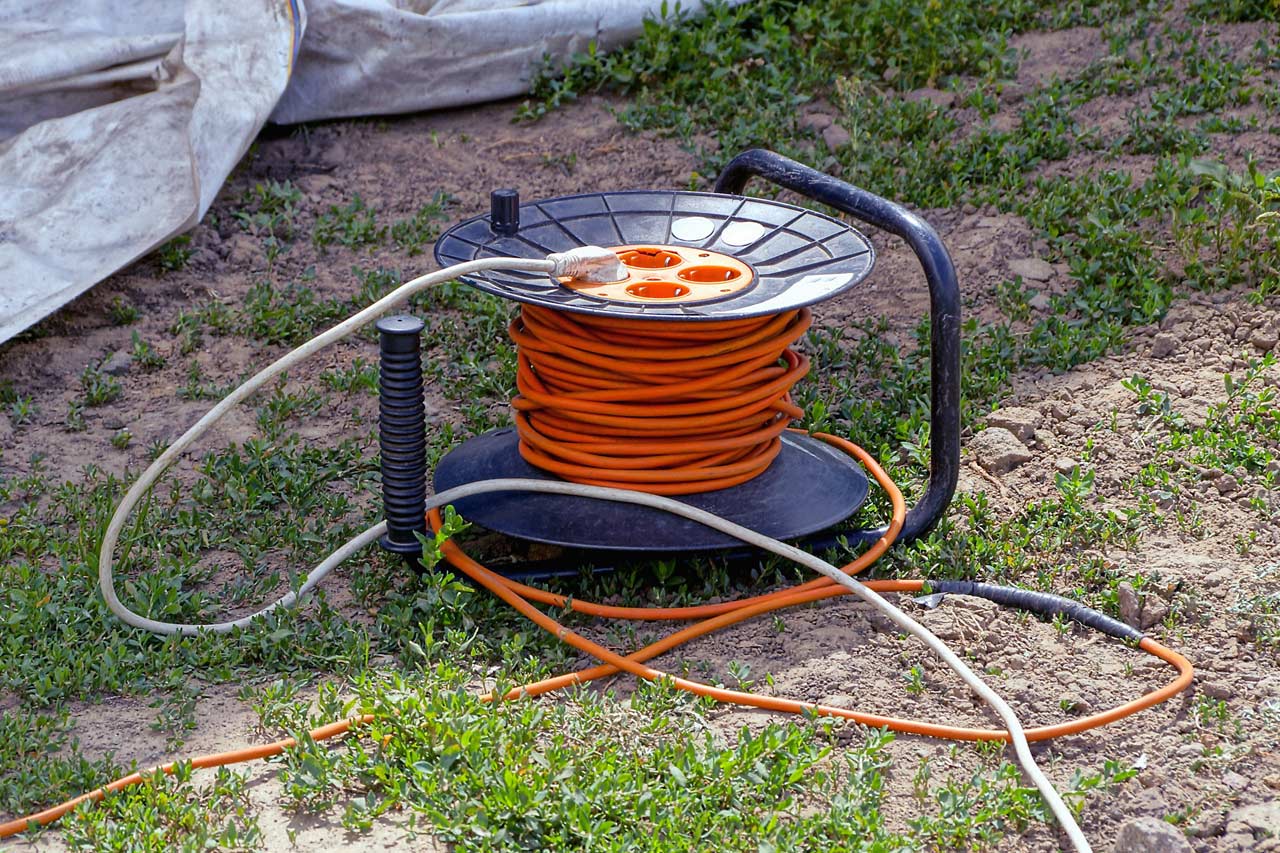
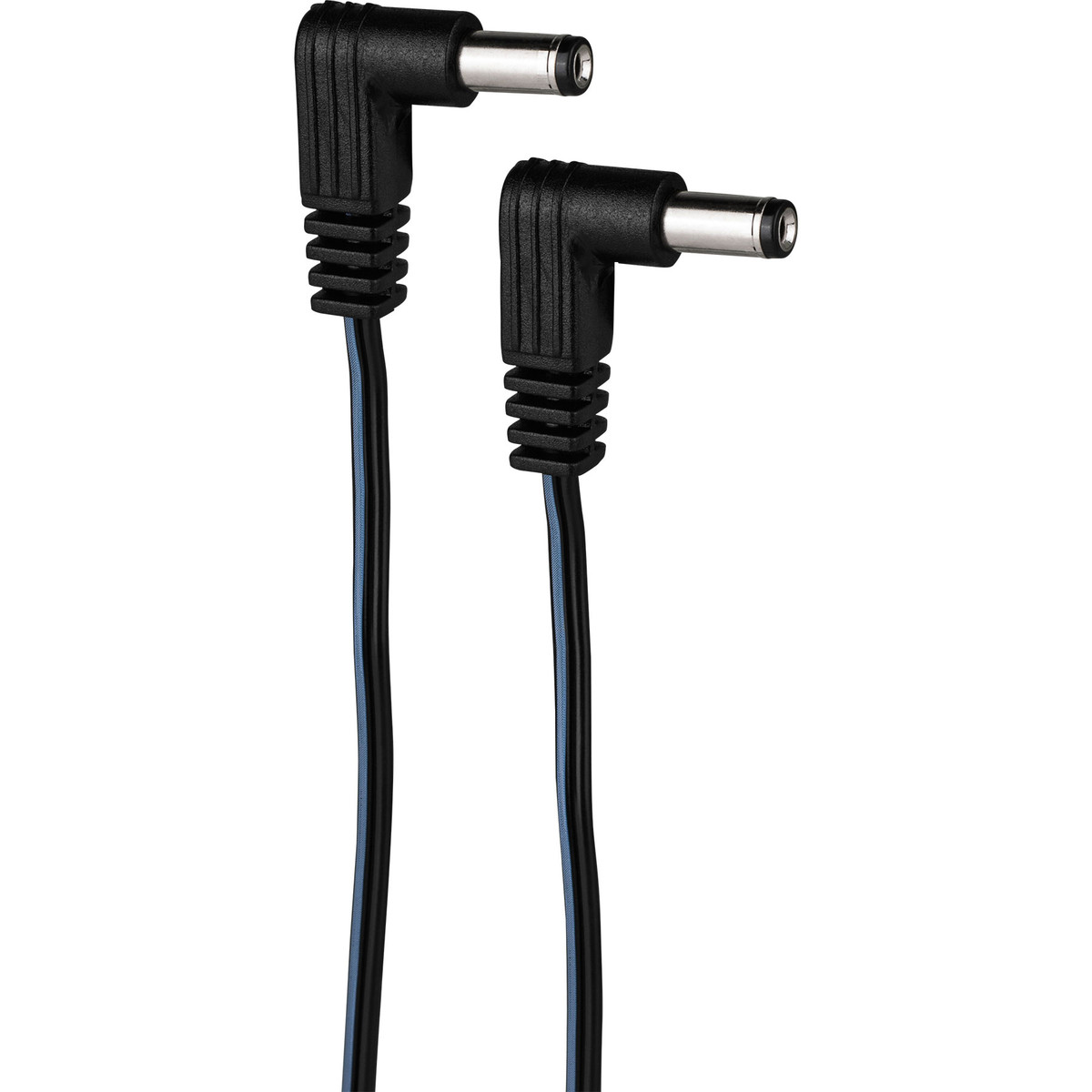
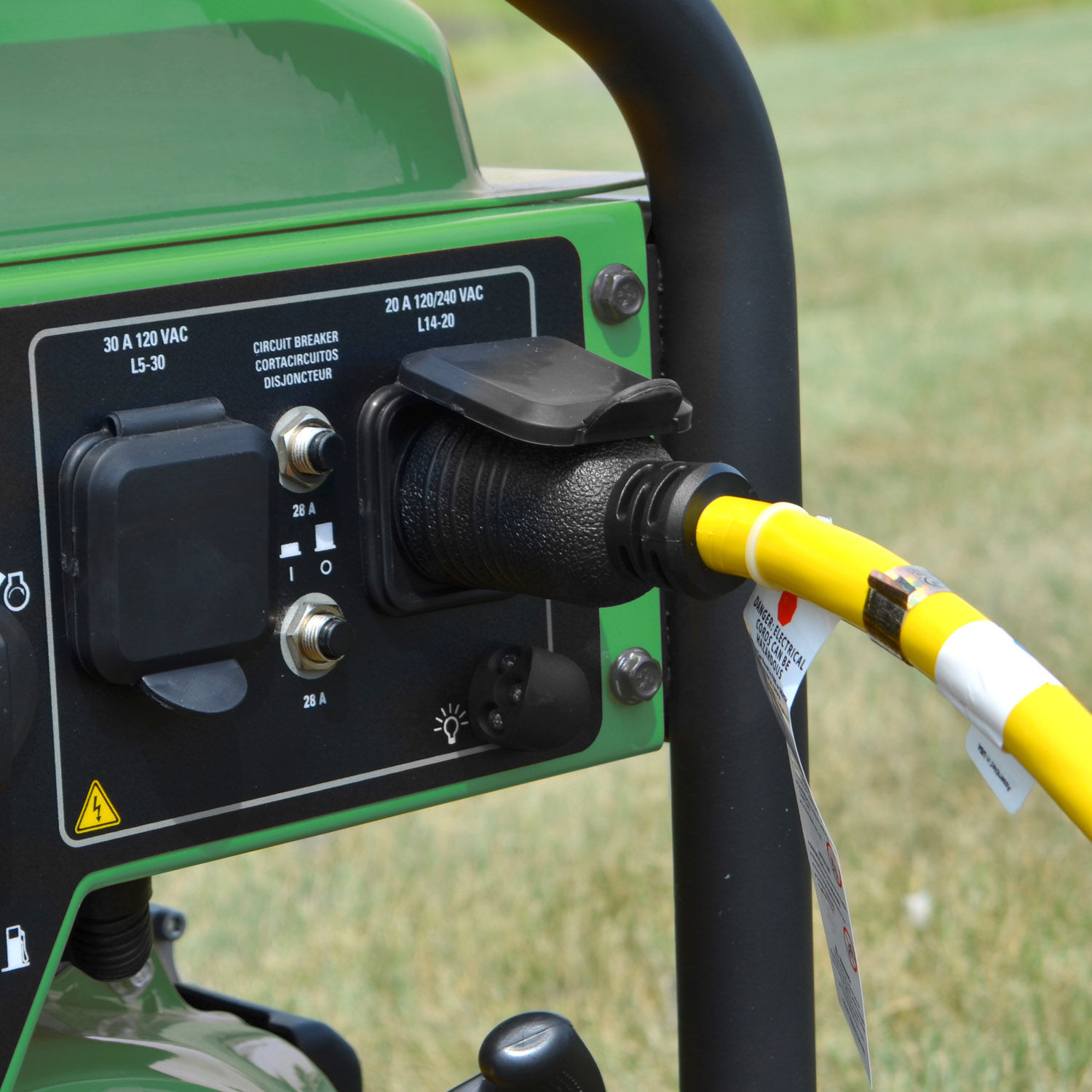
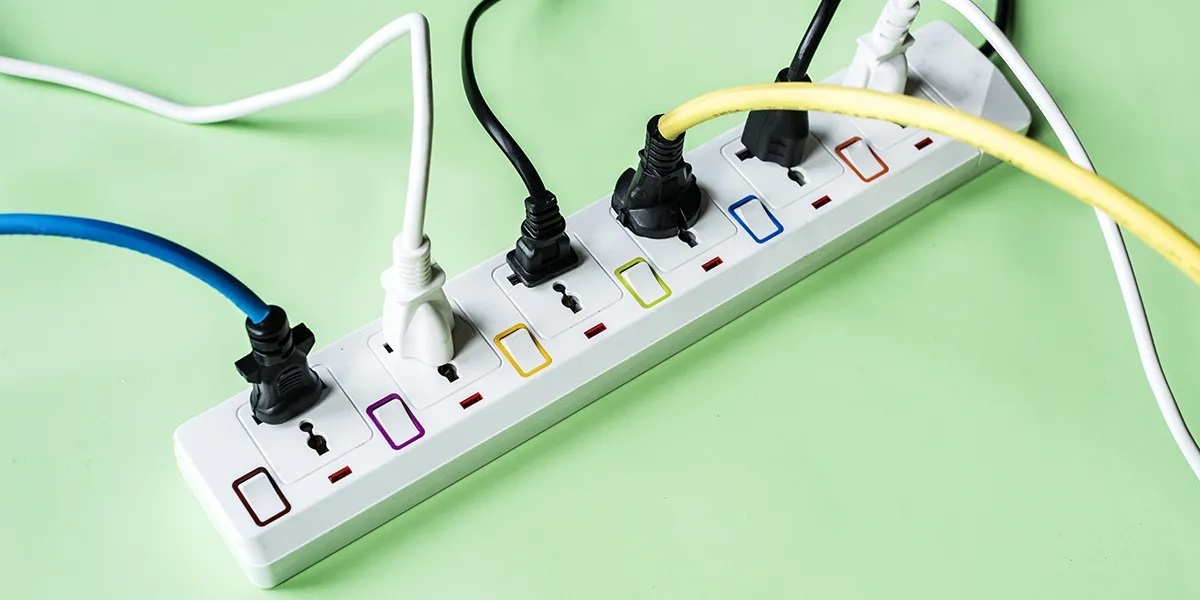
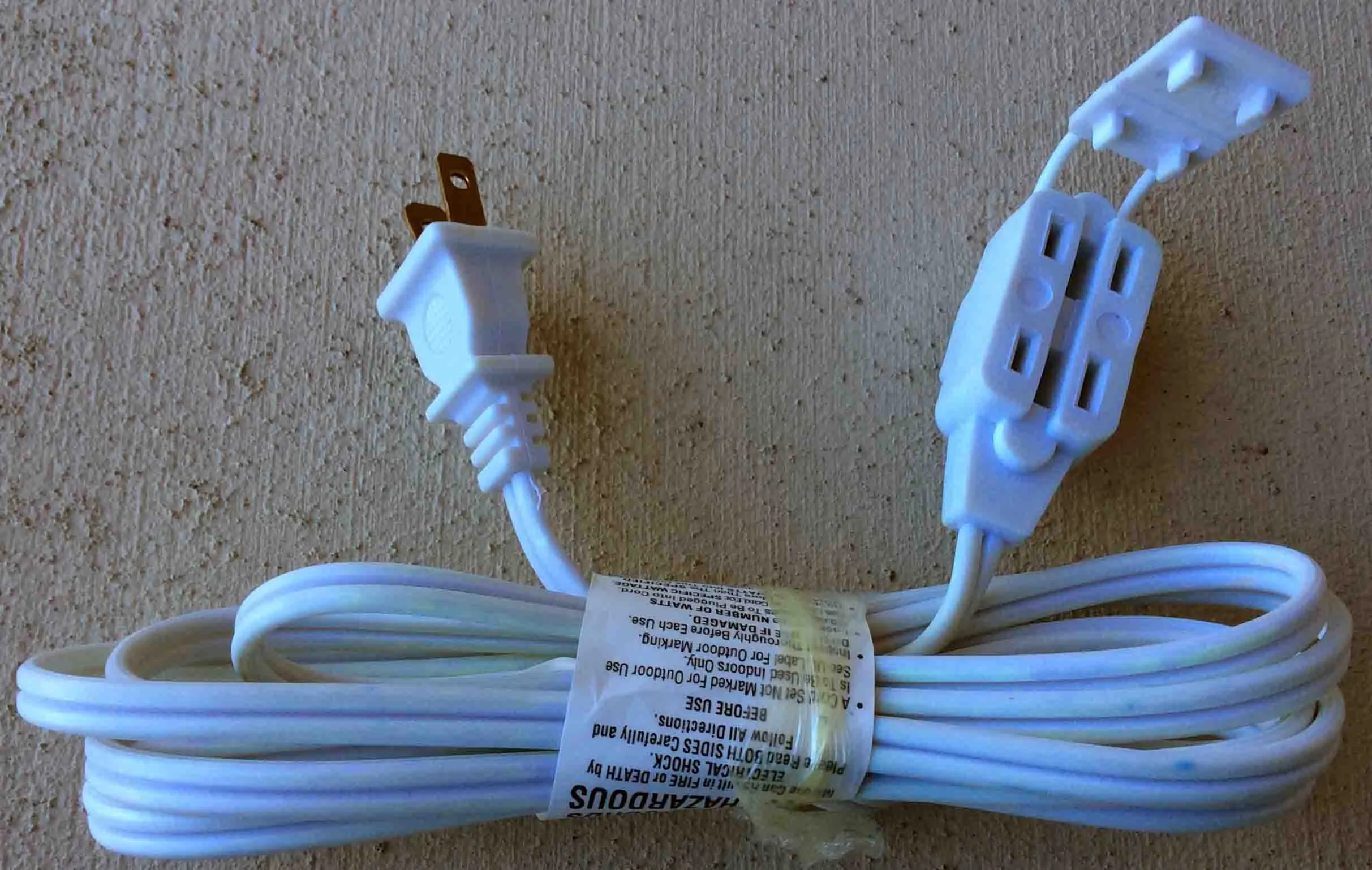
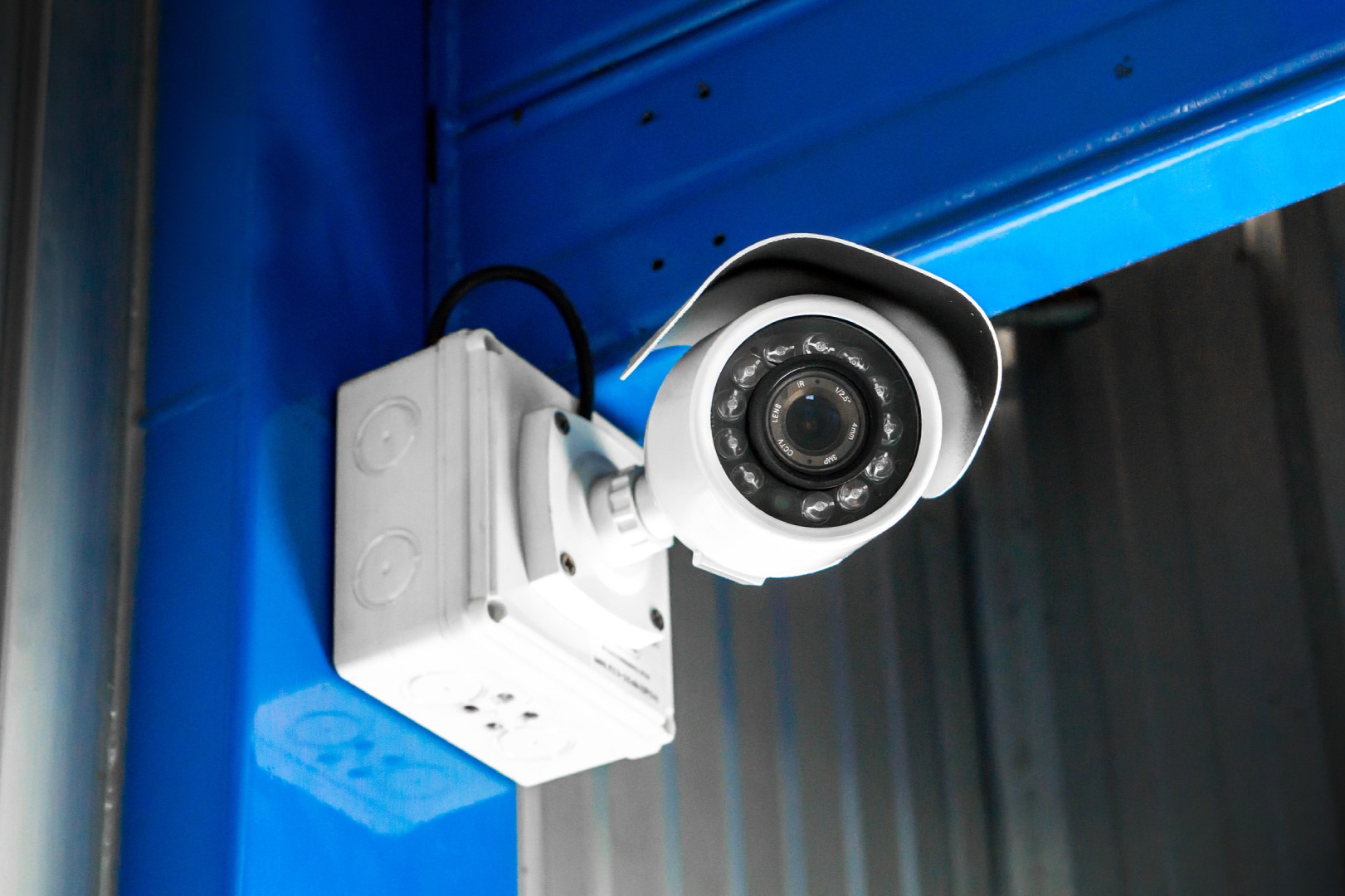

0 thoughts on “How Can You Tell If An Extension Cord Is For Outdoor Use”